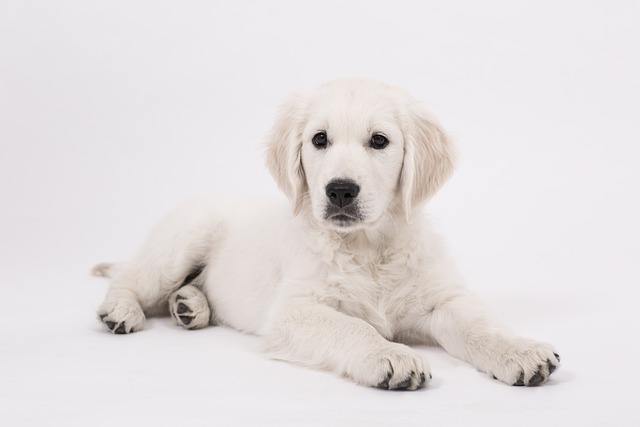
What is glaucoma in a dog?
You might notice your dog squinting more at mealtime or avoiding bright sunlight—these small changes could be early signs of a serious eye condition.
If you’ve ever glanced at your dog’s ears and noticed a waxy, brownish buildup, you’ve probably wondered: Should I clean that out? New dog owners in places like California or New York often grapple with this, and the short answer is yes—most of the time. But knowing when, how, and what counts as “too much” is key to keeping those ears healthy.
First, let’s talk about what that gunk actually is. A little ear wax is normal—it’s your dog’s natural defense system, trapping dirt and keeping the ear canal moist. But when it builds up, it can create a breeding ground for bacteria or yeast, especially in floppy-eared breeds like Cocker Spaniels. A groomer in Texas once showed me a before-and-after: a Basset Hound with thick, black wax that smelled like old cheese—turns out, it was a mild infection in the making. “That gunk wasn’t just gross,” she said. “It was a warning sign.”
So when should you act? If the wax is more than a tiny, light-brown smudge, or if it smells odd (think sour or musty), it’s time to clean. But if ears are red, swollen, or your dog yelps when you touch them? Skip the cleaning and call the vet—those are signs of infection, and messing with it could make things worse.
How to do it safely? Grab a soft cotton ball (never a Q-tip—you could puncture the eardrum) and a dog-specific ear cleaner (ask your vet for a recommendation). Squirt a little cleaner into the ear, gently massage the base of the ear for 30 seconds, then let your dog shake it out. Wipe away the loosened gunk with the cotton ball—focus on the outer ear, not deep inside. If you’re in an apartment, do this over a towel to catch the mess—your landlord won’t appreciate ear cleaner spots on the carpet.

Make it a positive experience: Have treats ready. A tiny piece of chicken when they sit still turns cleaning into a game, not a chore. Yelling or holding them down will only make them fear ear time, which goes against America’s focus on kind, reward-based care. A friend in Colorado trained her rescue mutt to “high-five” before ear cleaning—now he wags his tail through the whole thing.
Compliance checks: While at-home cleaning is fine, remember that regular vet visits are a must. Keep your dog’s rabies vaccine current—states like Florida require it by law, and a trip to the clinic for an ear check means proving it. And post-cleaning walks? Pack those poop bags. Cities like Seattle fine up to $125 for forgetting, and being a responsible owner means keeping public spaces clean, even if your dog’s ears are sparkly.
In the end, a little gunk is normal—but too much is a call to action. With gentle hands, treats, and common sense, you’ll keep those ears healthy and your pup happy.

You might notice your dog squinting more at mealtime or avoiding bright sunlight—these small changes could be early signs of a serious eye condition.

Let’s set the scene: It’s a sweltering Phoenix afternoon—105°F outside—and you rushed your 2-year-old Lab mix, Cooper, on a quick walk to “get it over with.”

Let’s get real: You’re in your Miami apartment, watching your 3-year-old Corgi, Loki, struggle to climb the stairs to your second-floor unit.

Many dog owners brush off occasional scratching as just “dog behavior,” but persistent itching often signals something more—like a food allergy.

You might first notice your dog scratching more than usual—chewing at their paws until the fur looks thin, or rubbing their face against the couch nonstop.

Let’s be real: You’re standing in your Chicago apartment, watching your 3-year-old Beagle, Max, huff and puff just to climb onto the couch.